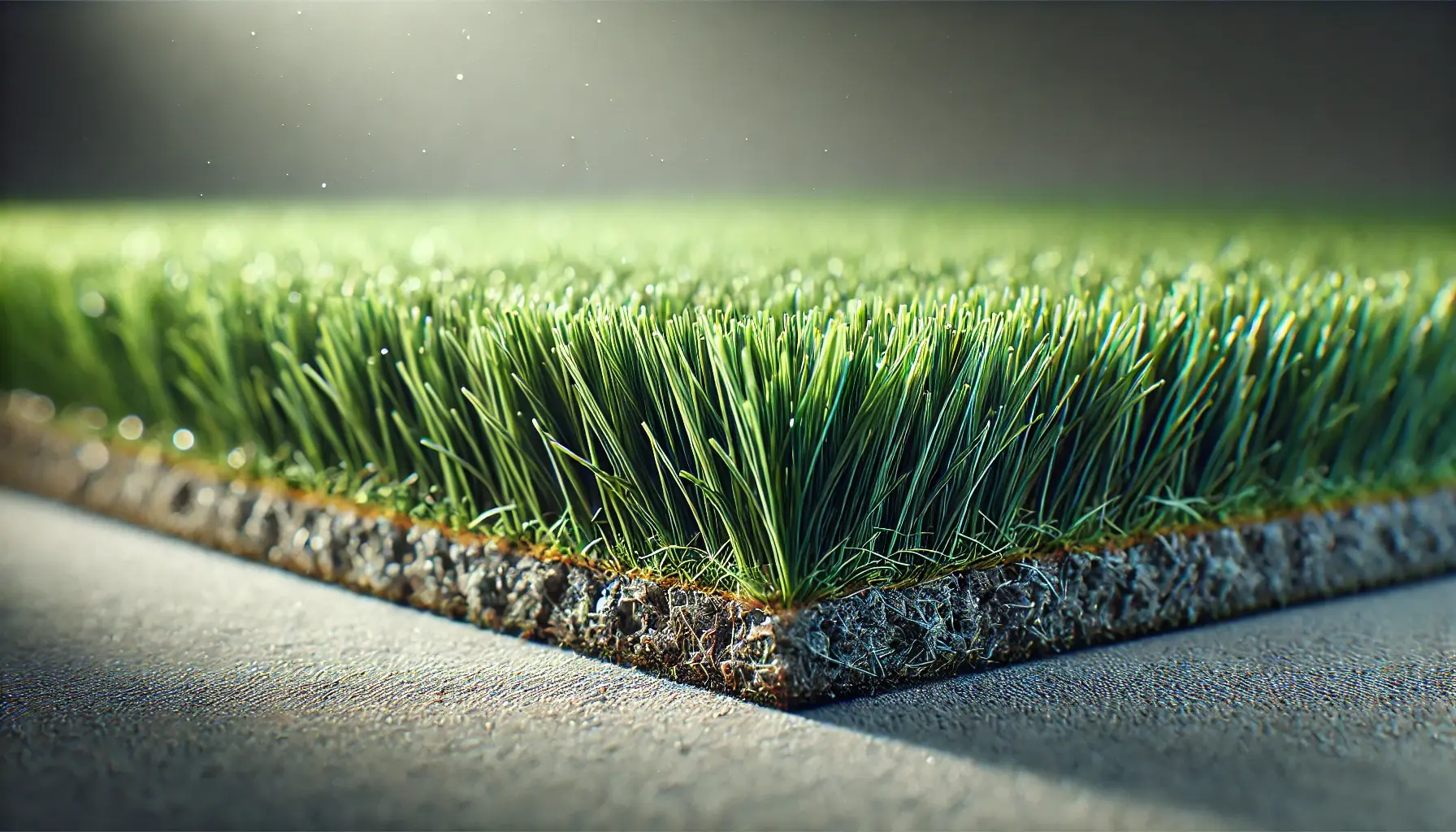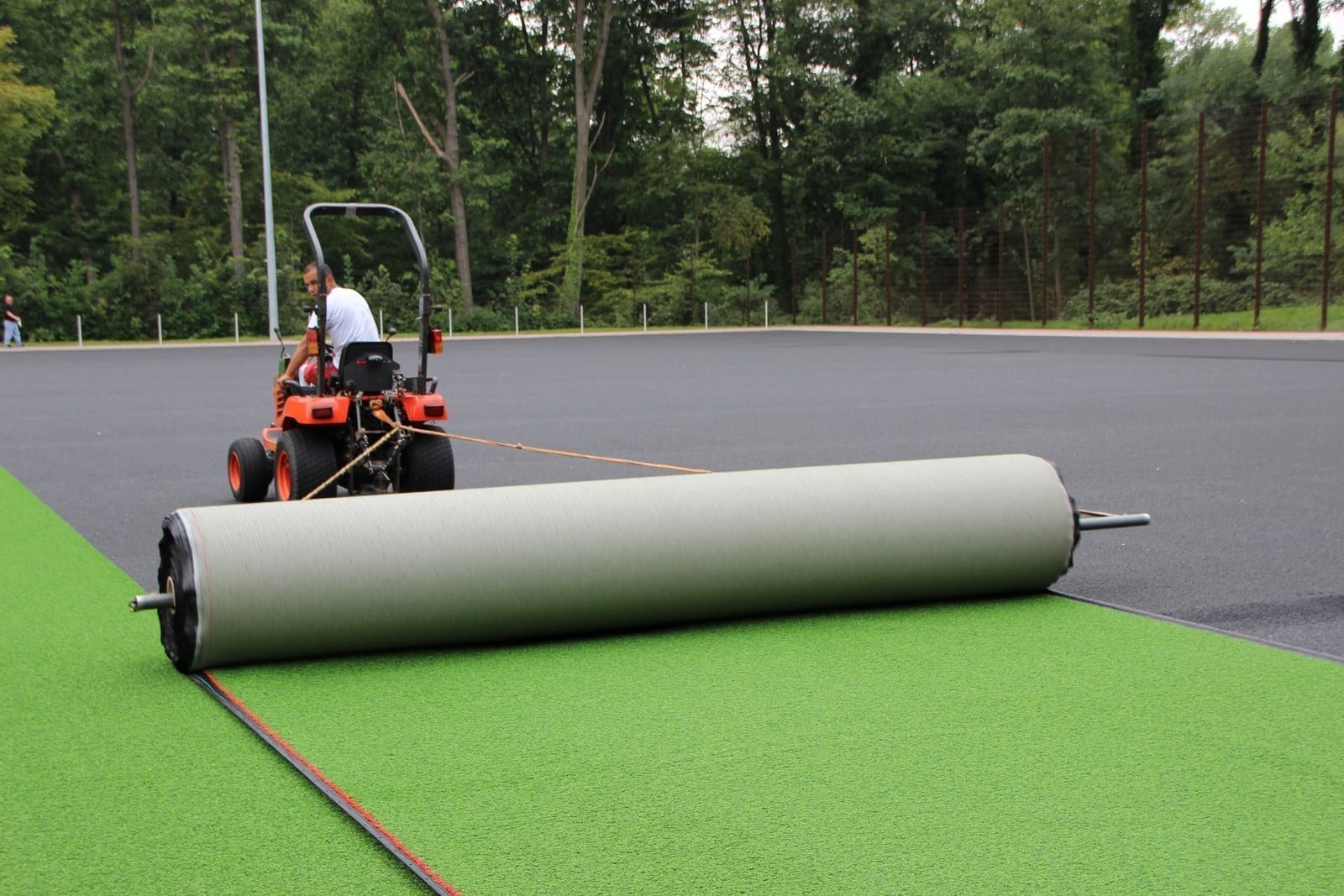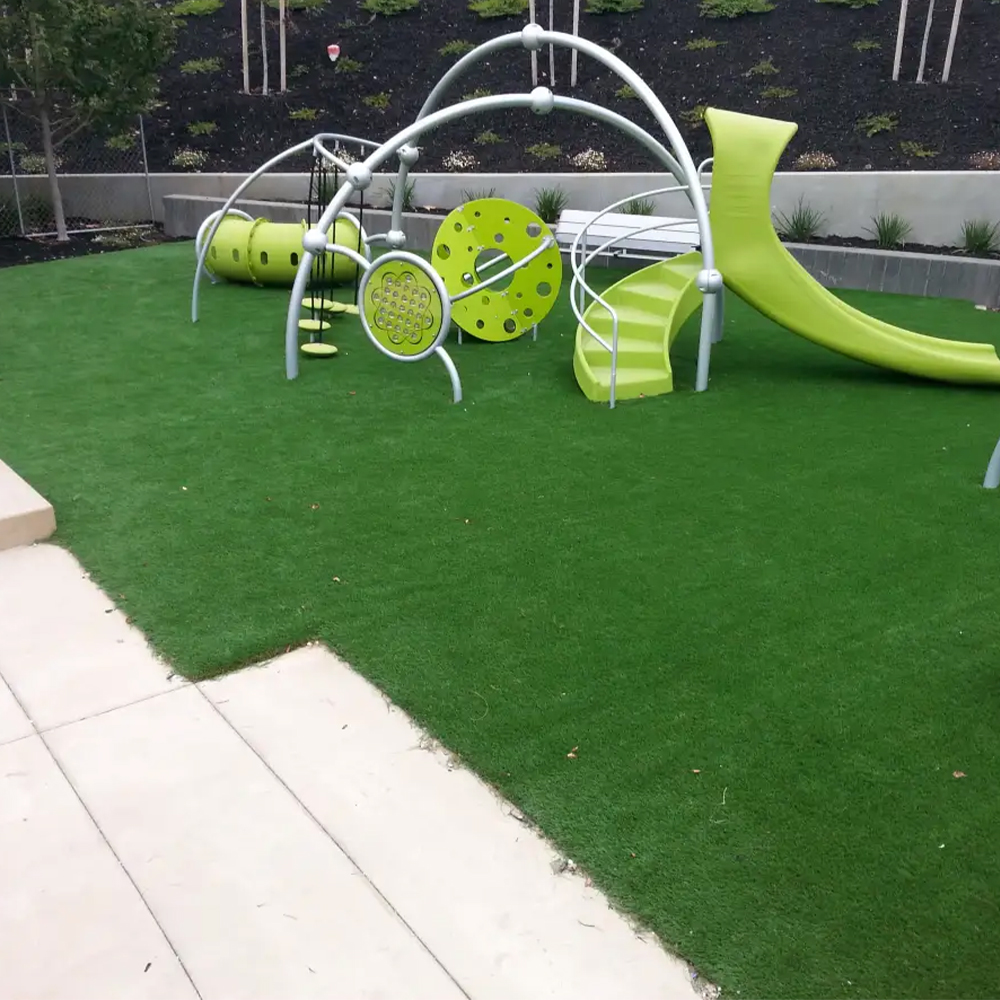Look Into the Environmental Conveniences of Opting for Synthetic Grass Solutions
The adoption of synthetic turf solutions offers a compelling chance to attend to pressing environmental challenges. By considerably decreasing water use and decreasing the application of unsafe chemicals, these alternatives not just advertise lasting landscape design however also secure local environments.
Water Conservation Conveniences
Among one of the most substantial benefits of synthetic grass is its capability to save water. Traditional lawn lawns require significant irrigation, particularly in areas susceptible to dry spell or water limitations. On the other hand, synthetic grass does not require watering, dramatically lowering the general demand for water sources. This attribute is specifically useful in deserts where water shortage is a pressing issue.
By removing the demand for normal watering, man-made lawn contributes to lasting landscape methods and helps alleviate the environmental impact of excessive water usage. Additionally, the conservation of water prolongs to the reduction of overflow, which can lead to dirt disintegration and waterway air pollution.
In addition, the installation of synthetic grass allows homeowners and municipalities to allocate water sources much more successfully, concentrating on important usages such as alcohol consumption water and farming. The shift towards synthetic grass not only advertises accountable water usage however additionally aligns with wider ecological objectives targeted at protecting natural deposits.
As areas significantly focus on sustainability, the water preservation benefits of synthetic turf provide a compelling situation for its fostering in property and industrial landscape design jobs.
Lowered Chemical Usage
The shift to synthetic grass significantly lowers the reliance on chemical therapies generally utilized in natural grass upkeep. Traditional grass monitoring commonly involves the application of pesticides, fertilizers, and herbicides to promote development and control parasites. These chemicals can present risks to human health, neighborhood wildlife, and the atmosphere, adding to dirt and water contamination.
In contrast, synthetic lawn removes the demand for these dangerous compounds. When installed, it requires marginal maintenance, largely consisting of routine cleaning and infrequent infill replenishment. This reduction in chemical usage not just benefits the instant atmosphere but also adds to more comprehensive ecological stability. By minimizing the launch of artificial compounds into the community, synthetic grass promotes healthier dirt and water systems.
Moreover, the lack of chemical drainage related to artificial lawn installations aids safeguard neighborhood rivers from contamination, supporting aquatic life and maintaining biodiversity. Turf installation phoenix az. As areas significantly prioritize sustainable methods, going with artificial grass presents a practical solution that aligns with environmental conservation goals. Via this shift, property proprietors can delight in lavish eco-friendly rooms without endangering eco-friendly health, leading the way for a more lasting future
Lower Carbon Impact

Additionally, the setup of synthetic grass can lead to substantial water preservation. Natural lawns require considerable quantities of water for irrigation, which not only includes in the carbon footprint related to water removal and treatment but likewise pressures local water resources. On the other hand, synthetic grass needs very little maintenance, calling for no watering, thus substantially reducing water use and its connected power expenses.
Furthermore, the longevity of artificial lawn adds to its lower carbon effect. With a life-span of up to 15 years or even more, the requirement for regular replacements is lessened, leading to less waste and reduced energy usage in production and throwing away traditional yard alternatives. Overall, synthetic grass offers a sustainable choice for eco mindful landscape design.
Habitat Conservation
Environment preservation is an essential consideration in the discussion over landscaping options, specifically when contrasting synthetic grass to all-natural yard. Natural grass yards commonly call for substantial maintenance, consisting of using pesticides, fertilizers, and herbicides, which can negatively impact local environments. These chemicals can seep into the dirt and rivers, damaging native vegetation and animals and interrupting regional habitats.
In comparison, fabricated lawn presents a chance to decrease the eco-friendly impact of landscape design. By choosing artificial yard, home owners can decrease the interruption of natural environments connected with visit this page conventional grass treatment practices. Synthetic grass gets rid of the demand for dangerous chemicals, thereby securing neighboring wild animals and preserving the honesty of surrounding ecological communities. Additionally, the installment of synthetic grass can lead to the conversion of former grass locations right into more biodiverse landscapes, such as pollinator gardens or native plant areas, which can sustain local wild animals.
Ultimately, the transition to synthetic grass not only preserves water and minimizes upkeep efforts yet additionally promotes a much more harmonious connection in between human activities and the native environment, promoting habitat preservation while doing so.
Long-Term Sustainability
Long-term sustainability is an important element in assessing the benefits of synthetic grass over conventional turf lawns. Among one of the most significant advantages of synthetic lawn is its resilience; it can last as much as 15-20 years with marginal upkeep, whereas all-natural turf needs regular reseeding and substitute. This longevity reduces the demand for consistent resources, such as water, fertilizers, and chemicals, which are crucial for preserving a healthy and balanced grass yard.
Furthermore, synthetic grass adds to a decrease in carbon emissions connected with grass treatment devices. Conventional yards frequently call for gas-powered mowers, trimmers, and blowers, every one of which add to air contamination. Turf installation phoenix az. On the other hand, synthetic grass gets rid of the requirement for such equipment, promoting a cleaner environment
Furthermore, the production of synthetic grass progressively uses recycled materials, improving its sustainability profile. As suppliers embrace green methods, the ecological footprint of synthetic grass remains to decrease.

Final Thought
The adoption of synthetic grass remedies provides significant environmental advantages, consisting of significant water preservation, minimized reliance on dangerous chemicals, and a lower carbon impact. Fabricated turf help in preserving natural environments by minimizing land disturbance and advertising lasting sustainability with the use of durable products. Jointly, these aspects emphasize the my explanation potential of man-made lawn to contribute favorably to ecological wellness and supply a sensible option to standard landscaping practices in a progressively resource-conscious globe.
In contrast, artificial turf does not need watering, substantially lowering the total need for water sources. By reducing the release of synthetic compounds right into the ecological community, synthetic grass advertises much healthier dirt and water systems.
Furthermore, the installation of synthetic turf can result in considerable water conservation. In contrast, fabricated lawn needs minimal maintenance, needing no watering, thereby considerably lowering water use and its connected energy expenses.
